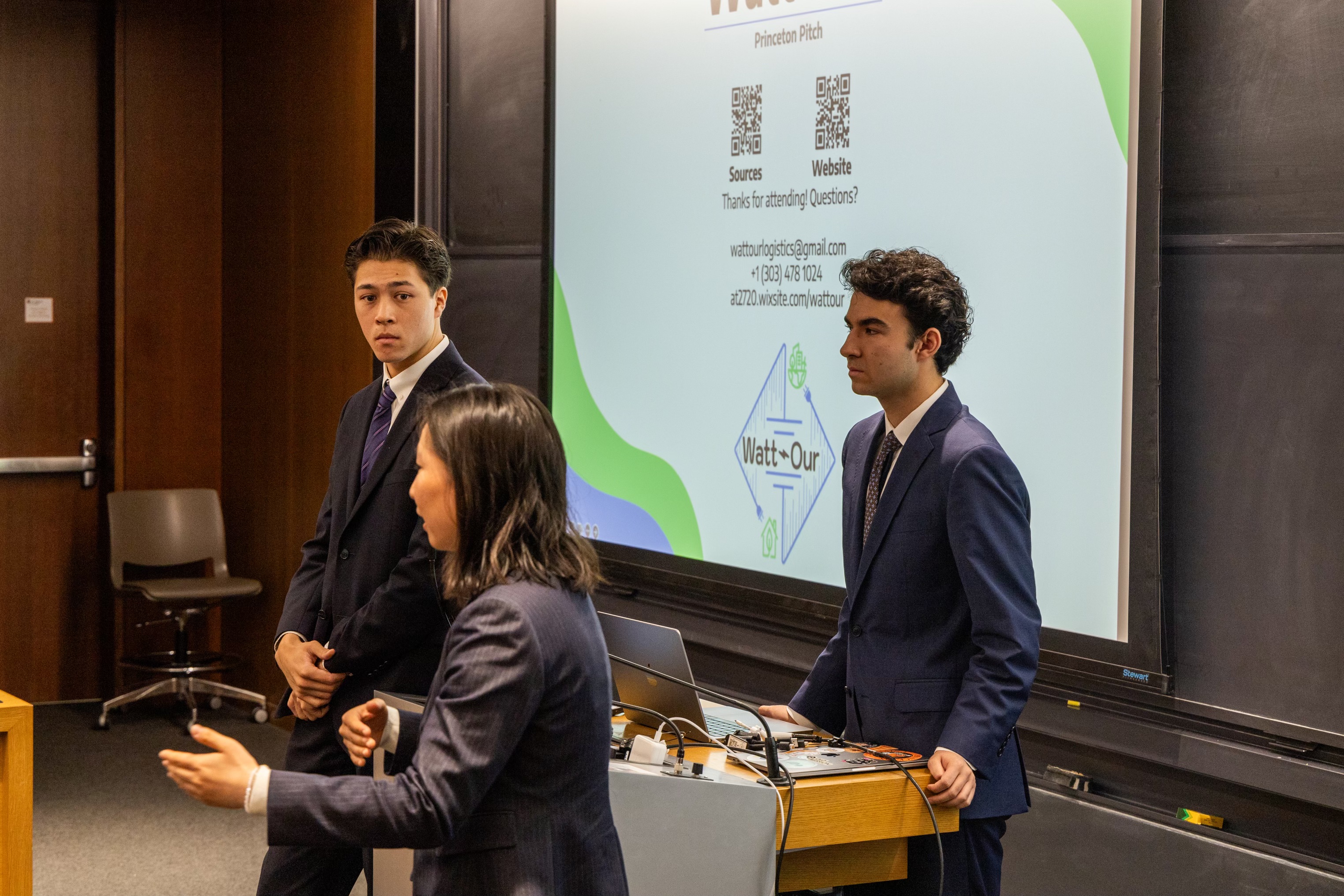One of my favorite parts about Princeton is how tradition-laden we are as a campus community. Whether it’s our traditions during reading period, or the bonfire held when we beat both Harvard and Yale during a single football season, tradition keeps our school spirit alive year-round and long after graduation. For incoming students—who move in around ten days before the start of classes and a week before returning students—orientation contains some of our most beloved traditions.
Move-In Day: Welcome Dinner and Ice Cream Social
The first tradition that first-year and transfer students will experience is the welcome dinner, which takes place in every corresponding residential college dining hall the evening of move-in day. Students are joined by their Residential College Advisers (RCAs), Peer Academic Advisers (PAAs), Resident Graduate Students (RGSs), deans, and other college staff. Dining staff works hard to put together a delicious meal with various courses so that students can begin building community amongst their zee groups in an informal setting.
Later on, after students have had a chance to settle into their new dorms, there is an ice cream social for all students in the incoming class. There is ice cream (obviously), music, and usually a large ice sculpture depicting the class year number.
Clash of the Colleges
Every year, clash of the colleges takes place in the football stadium. During this event, each residential college competes against the other residential colleges in a series of games, including karaoke and relay races. Every college dresses up in their colors, brings along their mascot, and comes ready to yell out their college chant. The winner represents the res college with the most school spirit. My freshman year, Mathey College won the clash of the colleges and I remember the Mathey dining hall served a large cake the second week of classes commemorating the victory.
The Annual Pre-Read Assembly
Every incoming class is assigned a pre-read. That is, President Eisgruber chooses a book that is sent out to each incoming student over the summer. During orientation, the author of this book comes to campus and, during a large assembly, engages in a discussion with President Eisgruber. At the end, students are encouraged to ask questions directly to the author. After the assembly, each zee group discusses the pre-read in an informal space with their respective PAAs. This is meant to give students an insight into how classroom discussions function at Princeton.
Opening Exercises, the Pre-Rade, and the Step Sing
Perhaps you’ve heard the rumor that Princeton students cannot walk through FitzRandolph Gate at the entrance of the university. As incoming freshmen, however, students ceremoniously walk through the gate for the first time. The pre-rade is a processional of the entire incoming class, ordered by residential college and joined by select faculty and alumni. On this same afternoon, students hear the president’s opening address and watch the presentation of academic awards to several returning students. Members of the community are welcomed to watch and cheer on the marching students.
Immediately after, students enjoy a welcome barbecue (weather permitting) and participate in the “Step Sing,” which takes place at Blair Arch. Here, students learn the words to Princeton’s alma mater, sing their chosen class song, and sing the song chosen by their grandparent class (for the Class of 2028, that would be the Class of 1978).

These are just a few of Princeton's orientation traditions. Other events include small-group experiences, outdoor movie nights, and a variety of open houses. Orientation is an exciting time for incoming students. As a graduating senior, watching the pre-rade this year was especially bittersweet, but like many others, I was beyond excited to welcome the Class of 2028 to campus.







